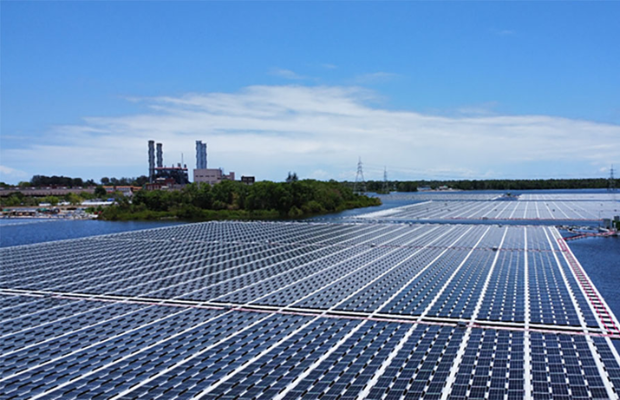Fishing has been a cornerstone of Alejandro Alcones’ life for 40 years, but now he faces an uncertain future. Alcones, like many fishermen around Laguna de Bay—the Philippines’ largest lake—is worried that his livelihood could be threatened by a new floating solar farm project.
The Philippine government plans to install solar panels on Laguna de Bay as part of its push for renewable energy. With limited land available, floating solar farms are seen as a viable alternative to traditional land-based installations. These projects are designed to generate clean energy without taking up valuable land space. Last year, Indonesia launched Southeast Asia’s largest floating solar facility on a man-made reservoir, showing the technology’s potential.
However, this innovative project has stirred concerns among local fishermen. The Laguna Lake Development Authority (LLDA) estimates that about 13,000 people rely on the lake for their income. Critics, including the National Federation of Small Fisherfolk Organisations in the Philippines, argue that the project could shrink fishing grounds and disrupt their way of life.
The floating solar farms will cover 2,000 hectares of the lake and are expected to produce around 2 gigawatts of electricity by 2026, enough to power 2 million homes. Despite the potential benefits, such as reducing the Philippines’ reliance on coal, there are fears about environmental impacts and community displacement.
Proponents argue that floating solar panels could even enhance fisheries by providing new breeding grounds. Yet, for fishermen like Alcones, the immediate concern is the possible reduction in fish catches and the risk of panels interfering with fishing activities. Laguna Lake gives life and income to fishermen like us who didn’t finish school. It also gives many displaced workers here an alternative way to earn by fishing,” said Alcones, a 55-year-old father of two who lives near the lake
As the Philippines moves towards its renewable energy goals, balancing environmental innovation with the needs of local communities remains a significant challenge.

